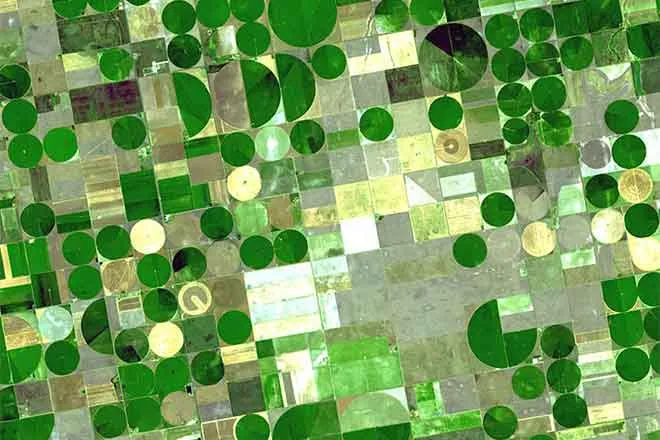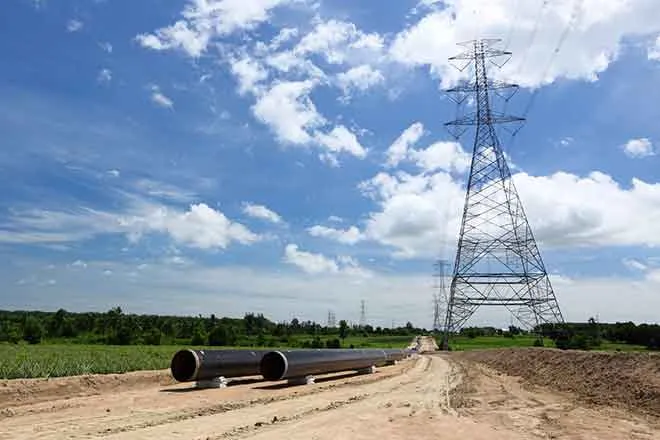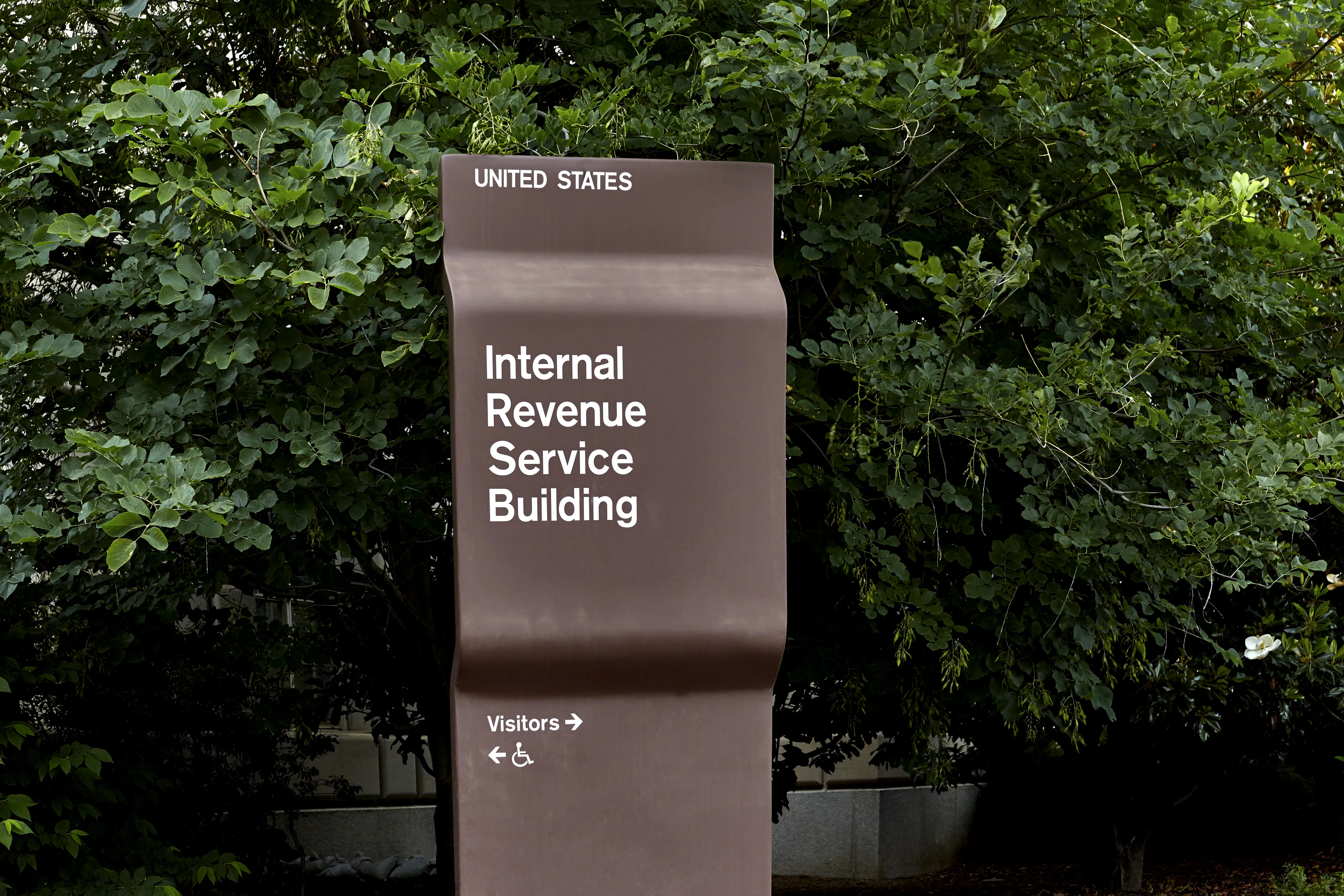
USDA updates taxpayer education, program outreach efforts for farmers and ranchers
© iStock - Pashalgnatov
The U.S. Department of Agriculture (USDA) is investing in two outreach and education efforts for farmers and ranchers, including those who are new to farming or who have been historically underserved by USDA programs. USDA’s Farm Service Agency (FSA) is investing $10 million for agriculture-oriented taxpayer education as well as $4.5 million in outreach for the Conservation Reserve Program’s Transition Incentives Program (CRP TIP), which helps with access to land for beginning and socially disadvantaged farmers and ranchers. Both efforts help advance equity and access to USDA programs and agriculture.
“Running a farm operation is tough, and we are working to help meet gaps where farmers need assistance,” said Deputy Under Secretary for Farm Production and Conservation Gloria Montaño Greene. “First, filing taxes for an agricultural operation can be challenging and many agricultural producers may not have the funds to hire accountants or tax professionals to assist, especially for new and historically underserved producers. This new initiative offers support to producers in navigating tax season. Second, we want to make sure producers are aware of our many program options, and Conservation Reserve Program Transition Incentives Program (CRP TIP) provides a unique opportunity for producers with expiring CRP land to help bring new farmers into the fold.”
Taxpayer Education
FSA’s $10 million investment funds the new Taxpayer Education and Asset Protection Initiative. As part of the first phase of this work, FSA has established a partnership with the University of Arkansas and the National Farm Income Tax Extension Committee. This partnership is establishing hubs for taxpayer education while developing and delivering tax education resources to farmers, ranchers, agricultural educators and tax professionals through partnerships with stakeholders and minority- serving institutions across the country.
Many producers are not aware that receiving USDA program funds for activities, such as conservation contracts, disaster assistance payments, and pandemic relief are taxable income, and need support to assist with short- and long-term business planning associated with their program payments. To address these issues, FSA is investing in partnerships with the University of Arkansas, the National Farm Income Tax Extension Committee and other partners to develop and deliver taxpayer education to producers to help them better understand the important relationships between federal income taxes and USDA farm programs. The next phases of this work will include a suite of online resources for producers, continuing education opportunities for tax attorneys and CPAs, as well as cooperative agreement funding and training opportunities for stakeholder organizations.
“Many rural areas lack legal and certified accounting services, and agricultural producers need additional knowledge and/or resources to integrate tax planning into their financial planning,” said Ronald L. Rainey, Assistant Vice President of the University of Arkansas System Division of Agriculture. “This partnership will help the University of Arkansas and USDA work together to overcome inequalities in tax services to serve agriculture communities.”
These tax education partnerships focus on addressing the immediate needs of producers by delivering agricultural tax and asset protection training and information to farmers as well as developing infrastructure to support rural taxpayer education and tax preparation for limited resource, beginning, and historically underserved farmers and ranchers for the long term.
Tax Estimator Tool
Additionally, USDA is updating and expanding online tax resources for producers, including the new Tax Estimator Tool, an interactive spreadsheet that producers can download to estimate tax liability. It is for informational and educational purposes only and should not be considered tax or legal advice. Producers may need to work with a tax professional to determine the correct information to be entered in the Tax Estimator Tool. The tool is available at ruraltax.org.
Registration is also open for a webinar on Using the Tax Calculator to estimate your tax burden. The webinar will be held on Aug. 15 at 2 p.m. Eastern Standard Time. Previous webinars, fact sheets and other resources are available on farmers.gov/taxes.
Available Funding for CRP TIP Outreach
TIP provides financial incentives to CRP participants with expiring contracts, if they sell or rent the land to a beginning producer, veteran farmer or rancher, or a producer from a socially disadvantaged group.
FSA is making available up to $4.5 million in funding and expects to award 15 to 20 partner and stakeholder organizations to conduct outreach and provide technical assistance to promote awareness and understanding of CRP TIP among agricultural communities, in particular those who are military veterans, new to farming, or historically underserved.
Eligible stakeholders include Federally-recognized Indian tribal organizations, State governments, local governments, nonprofit organizations, and higher education institutions. Interested stakeholders may submit one-to-two-year proposals, and must submit their applications via Grants.gov by October 14, 2022.
Deputy Under Secretary Montaño added: “This technical assistance funding will be critical in helping our external stakeholders connect contract holders to beginning producers, and make sure landowners understand TIP.”
CRP TIP Training for Staff
FSA will also train field employees on CRP TIP to improve and increase staff and producer awareness and support participation. Training will help staff understand the larger issues that can affect landowners’ considerations around CRP TIP and allow them to further help producers.
More Information
Producers interested in CRP TIP and other USDA programs should contact their local USDA Service Center to learn more or to apply for programs.

















